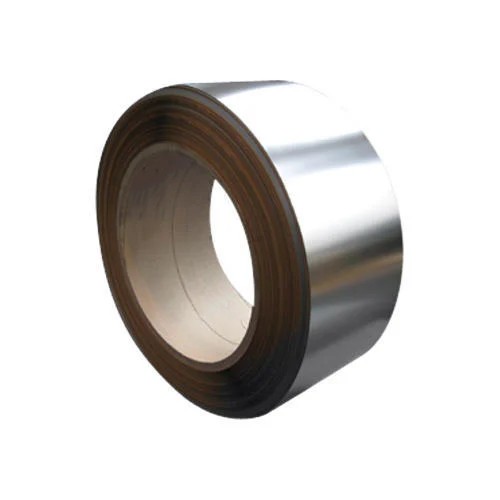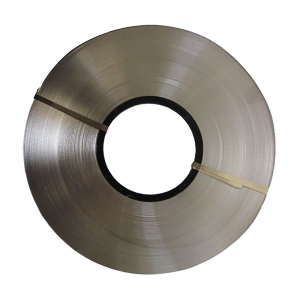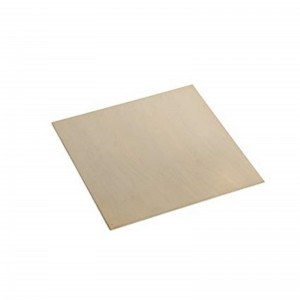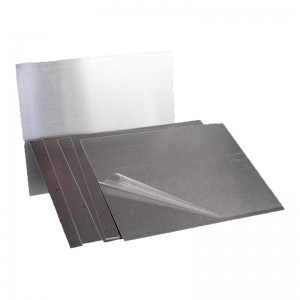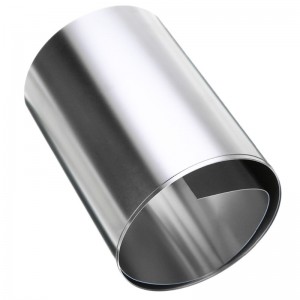Haynes 214 nickel bar. Haynes 214 nickel plate price, Haynes 214 nickel strip manufacture
▪ Aerospace
▪ Automotive
▪ Industrial Heating
▪ Medical Waste Disposal
▪ Land-Based Gas Turbines.
▪ Honeycomb seals
▪ Flame hoods
▪ Burners
▪ Mesh belts
▪ Catalytic converters
▪ Chlorine contaminated incinerator systems,
▪ Other static oxidation – limited parts
| Nickel | 75 Balance |
| Chromium | 16 |
| Aluminum | 4.5 |
| Iron | 3 |
| Cobalt | 2 max. |
| Manganese | 0.5 max. |
| Molybdenum | 0.5 max. |
| Titanium | 0.5 max. |
| Tungsten | 0.5 max. |
| Niobium | 0.15 max. |
| Silicon | 0.2 max. |
| Zirconium | 0.1 max. |
| Carbon | 0.04 |
| Boron | 0.01 max. |
| Yttrium | 0.01 |
Haynes 214 alloy is furnished in the solution heat-treated condition, unless otherwise specified. The alloy is normally solution heat-treated at 2000°F (1095°C) and rapidly cooled or quenched for optimum properties. Heat treating at temperatures below the solution heat-treating temperature will result in grain boundary carbide precipitation and, below 1750°F (955°C), precipitation of gamma prime phase. Such lower temperature age-hardening heat treatments are not suggested.
Haynes 214 alloy, like many high aluminum content nickel-base alloys that are intended to be age-hardened by intermediate temperature heat treatment, will exhibit age-hardening as a result of the formation of a second phase, gamma prime (Ni3Al), if exposed at temperatures in the range of 1100 - 1700°F (595 - 925°C). As a consequence of this, Haynes 214 alloy is susceptible to strain-age cracking when highly stressed, highly-restrained, welded components are slowly heated through the intermediate temperature regime. The keys to avoiding this problem are to minimize weldment restraint through appropriate component design, and/or heat rapidly through the 1100 - 1700°F (595 - 925°C) temperature range during post-fabrication heat treatment (or first-use heat-up).
With the exception of the above consideration, Haynes 214 alloy does exhibit good forming and welding characteristics. It may be forged or otherwise hot-worked, providing it is held at 2100°F (1150°C) for a time sufficient to bring the entire piece to temperature. Its room temperature tensile ductility is also high enough to allow the alloy to be formed by cold working. All cold or hot-worked parts should be annealed and rapidly cooled in order to restore the best balance of properties.
The alloy can be welded by a variety of techniques, including gas tungsten arc (TIG), gas metal arc (MIG) or shielded metal arc (coated electrode) welding.





